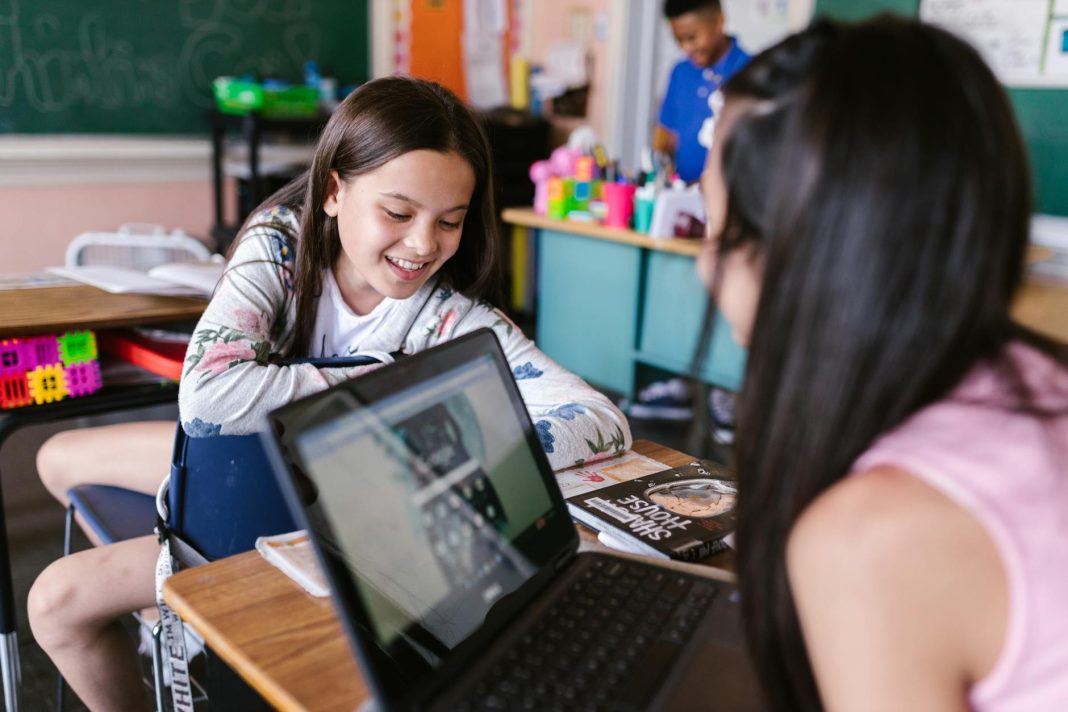Admitámoslo, navegar por el mundo de la educación puede parecer a veces como escalar el Everest. Entre las batallas por los deberes, los boletines de notas y la presión constante por "salir adelante", es fácil perder de vista el placer de aprender. Esta no es una guía para convertir a tu hijo en un robot de sobresaliente; se trata de crear un entorno de apoyo en el que aprender sea divertido, atractivo y, nos atrevemos a decir, incluso *relajante*, ¡para ambos!
Construir unos cimientos sólidos en casa
Antes de entrar en el meollo de los consejos para estudiar, hablemos de crear el ambiente adecuado. Un espacio de estudio designado, libre de distracciones como televisores y teléfonos, es un comienzo fantástico. Piensa en un lugar cómodo, bien iluminado y organizado. Pero igual de importante es fomentar una relación positiva con el aprendizaje. Evita los ambientes de presión; en su lugar, céntrate en animar y celebrar el esfuerzo, no sólo los resultados.
Que sea una conversación, no una confrontación: En lugar de ladrar órdenes, haz preguntas. "¿Qué parte de los deberes te está resultando complicada?" o "¿Qué has aprendido hoy que te haya parecido interesante?". Estas preguntas abiertas fomentan la comunicación y te ayudan a entender sus dificultades.
Convierte el aprendizaje en una aventura: Aprender no debe ser una tarea pesada. Incorpora elementos interactivos. Por ejemplo, si están estudiando historia, visiten un museo, vean un documental o incluso creen juntos una cronología histórica. En ciencias, haz experimentos sencillos con objetos domésticos.
Estudiar con inteligencia: Trucos y consejos
Las técnicas de estudio varían de un niño a otro, pero algunas estrategias generales pueden marcar una gran diferencia:
- Gestión del tiempo: Incluso los niños pequeños pueden beneficiarse de aprender a gestionar su tiempo. Cread juntos un horario sencillo. Los descansos son cruciales. La Técnica Pomodoro (25 minutos de trabajo concentrado seguidos de un descanso de 5 minutos) es un método estupendo para los niños mayores.
- Recuperación activa: En lugar de releer pasivamente los apuntes, prueba técnicas activas de recuerdo. Haga preguntas, cree fichas, enseñe el material a otra persona (¡incluso a un animal de peluche!) o intente resumir los conceptos clave con sus propias palabras.
- Mapas mentales: Los mapas mentales son una forma visual de organizar la información. Es una forma estupenda de conectar ideas y hacer el estudio más atractivo.
- Estrategias para tomar apuntes: Anímales a desarrollar su propio estilo para tomar apuntes. Ya sean notas lineales, notas de Cornell o diagramas, la clave está en encontrar un método que les funcione.
- La práctica hace al maestro: La práctica constante es fundamental, sobre todo en asignaturas como las matemáticas. Las pruebas o problemas prácticos periódicos pueden consolidar la comprensión.
La motivación: Alimentar el fuego del aprendizaje
Mantener la motivación es un reto constante. He aquí algunas ideas:
- Establezca objetivos realistas: Evite abrumar a su hijo con expectativas poco realistas. Empiece con objetivos pequeños y alcanzables y vaya aumentando gradualmente la dificultad.
- Sistema de recompensas (con un giro): Las recompensas pueden ser eficaces, pero evite vincularlas únicamente a las notas. Céntrate en el esfuerzo y el progreso. Una recompensa puede consistir en más tiempo frente a la pantalla, una salida especial o simplemente pasar un rato agradable juntos.
- Celebre las pequeñas victorias: Reconozca sus esfuerzos y celebre incluso los logros más pequeños. Este refuerzo positivo puede suponer una gran diferencia en su motivación.
- Identifique su estilo de aprendizaje: ¿Son alumnos visuales, auditivos o cinestésicos? Adaptar tu enfoque a su estilo de aprendizaje puede mejorar significativamente su compromiso.
- Conectar el aprendizaje con sus intereses: Busca formas de vincular sus tareas escolares con sus aficiones y pasiones. Si le encantan los videojuegos, explora las matemáticas y la física que hay detrás de ellos. Si le apasionan los animales, explora la biología y la conservación.
Colaboración con la escuela
Mantener una comunicación abierta con los profesores es crucial. Infórmese periódicamente sobre los progresos de su hijo. Asista a las reuniones de padres y profesores, y no dude en ponerse en contacto con ellos si tiene dudas o preguntas. Una estrecha colaboración entre el hogar y la escuela es esencial para el éxito de su hijo.
Recursos en abundancia
Internet es un tesoro de recursos didácticos. He aquí algunos ejemplos:
- Academia Khan: Ofrece cursos gratuitos sobre una amplia gama de temas.
- Duolingo: Una aplicación divertida y atractiva para aprender idiomas.
- National Geographic Kids: Recursos atractivos para jóvenes estudiantes interesados en la ciencia y la naturaleza.
- Su biblioteca local: No subestimes el poder de tu biblioteca local. Es una mina de oro de libros y recursos educativos, y a menudo ofrece programas gratuitos para niños.
Recuerde que apoyar el aprendizaje de su hijo es un maratón, no una carrera de velocidad. Céntrese en crear un entorno positivo y de apoyo, celebre sus esfuerzos y fomente un amor por el aprendizaje que dure toda la vida. Y no se olvide de cuidar de sí mismo: ¡unos padres felices hacen felices a sus hijos! Cómo educar a los pequeños Einstein: Guía para padres sobre cómo apoyar el aprendizaje en casa y en la escuela

